When compression ratios were lowered for 1972 per federal edict, General Motors, Chrysler, and AMC continued to offer large engines in the high-performance market. Ford, it seems, abandoned it, offering the 351 Cobra Jet as its bread-and-butter hot engine. However, there was a special version that’s somewhat the low-compression successor to the 1971 Boss 351. One of these rare and enigmatic cars is our Pick of the Day, a 1972 Ford Mustang Mach I. It is listed for sale on ClassicCars.com by a dealership in Volo, Illinois.
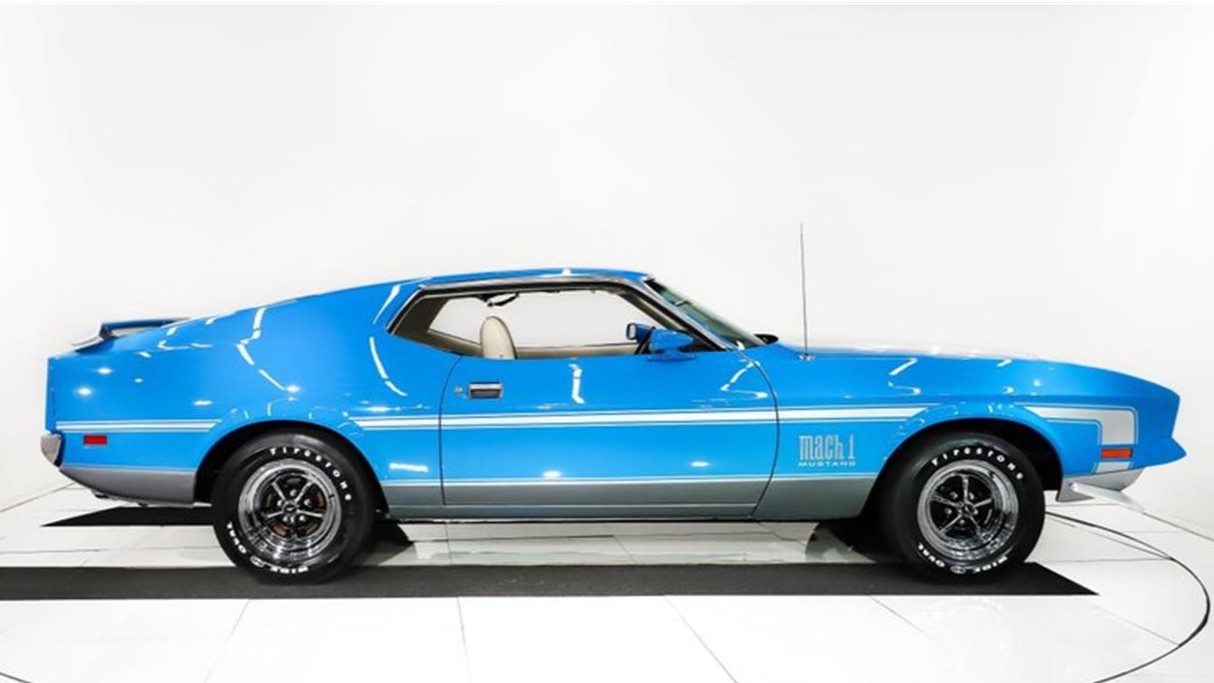
Ford introduced a redesigned Mustang for 1971. As before, there was a coupe, Grandé coupe, convertible, SportsRoof fastback, and Mach I SportsRoof. While the new pony car reflected the prevailing style for 1971, it was a bit too much for some. Car and Driver said, “While almost every mechanical spec of the [Mustang, in this case a Boss 351] is efficient and competent, the car has suffered mightily at the hands of the stylists … We aren’t condemning the [Mustang] on the basis of its external appearance. In fact, that side of it is generally attractive—striking rather than beautiful but it turns more than its quota of heads and that is what Detroit model changes are all about. It’s from the inside, from the driver’s seat, that you discover how the Boss has been sabotaged by the stylists. It’s like sitting in a bunker; You can hardly see out.”
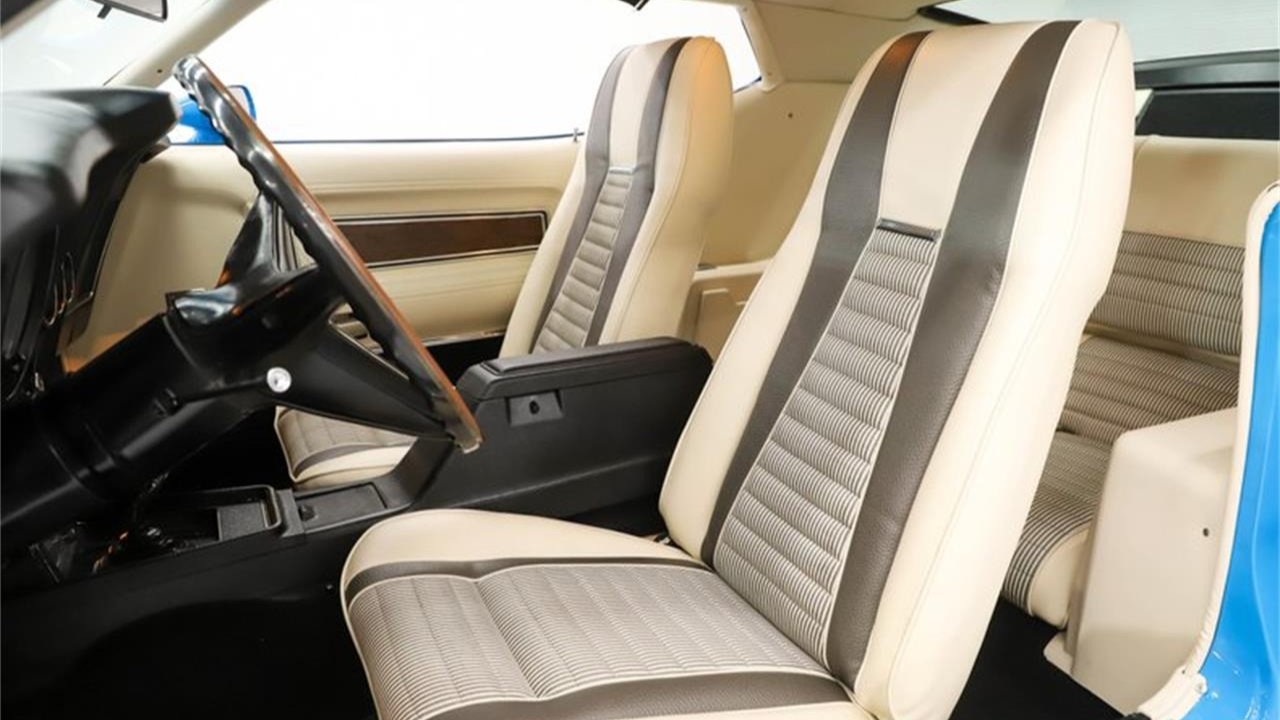
For 1972, the Mustang hardly changed, but under the hood was a different story as federalized rules required the lowering of compression for 1972 models sold in the United States to enable the use of unleaded fuel for cleaner emissions. Gone was the big-block 429 Cobra Jet, leaving the “Q-code” 351 Cobra Jet as the sole performance offering. This engine was originally introduced in the spring of 1971 as a 280-horsepower alternative to the 285-horsepower “M-code” 351-4V, and ended up carrying the flag of performance for the Mustang through 1973. Compared to the latter, the Cobra Jet featured open-chamber cylinder heads, a lower 9:1 compression, a higher-lift hydraulic camshaft, four-bolt main bearing caps, and a 750-cfm carburetor. For 1972, it was rated at a robust 266 net horsepower.
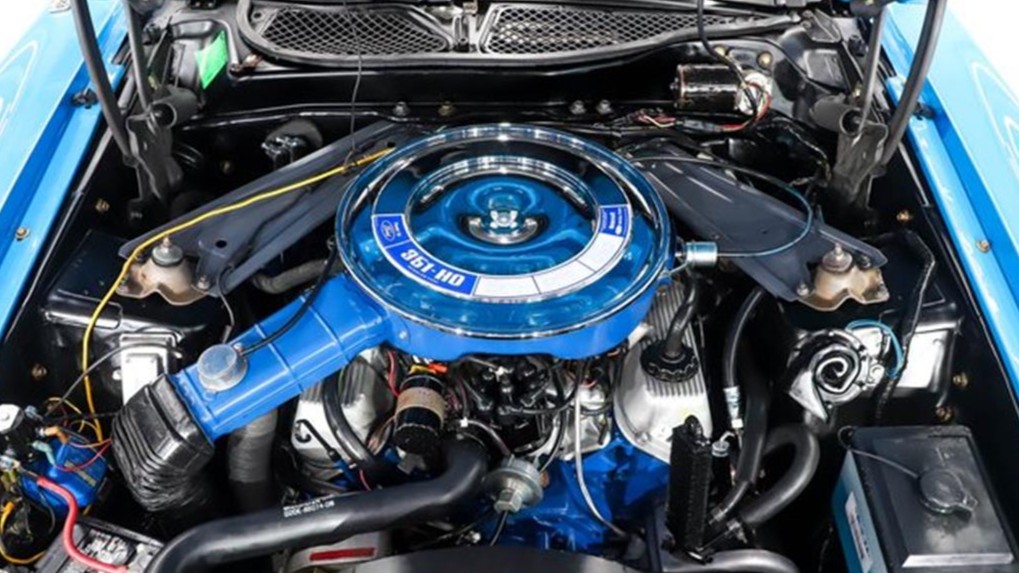
However, there was another 351 that wasn’t available at the start of the model year which eventually appeared: the 351 HO. Essentially, this was a low-compression version of the Boss 351 engine with a milder camshaft, open-chamber heads, flat-top pistons, and an 8.8:1 compression ratio. Rated at 275 net horsepower, the 351 HO was only available with a four-speed manual and 3.91 gears. Ram air induction was not available. Like the Boss 351, it also shared the same R code in the VIN; unlike the Boss 351, the 1972 351 HO was not restricted to a package for the SportsRoof—it was available on all three body styles plus the Grandé and Mach I. Only 398 351 HO Mustangs were built in 1972 among all body styles, making these cars the last of the truly high-performance Mustangs from the era.
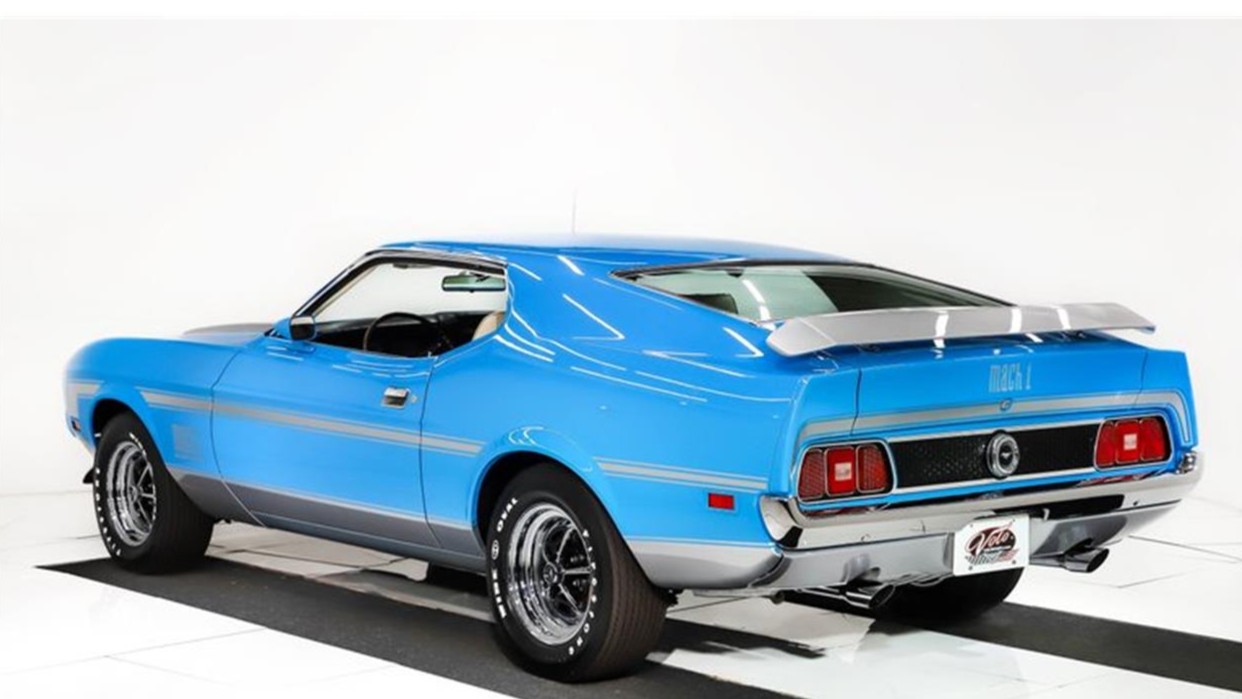
This Grabber Blue 1972 Mustang Mach I is one of 336 built with the 351 HO. Originally sold in Scarsdale, New York, this vehicle stayed with the original family for years before a subsequent owner embarked on a concours-level restoration in more recent years. Aside from the engine, this Mustang features 15-inch Magnum 500s, front power disc brakes, power steering, a fold-down rear seat, a tilt wheel, a Deluxe rim-blow steering wheel, an AM/8-track radio, a console, a rear defroster, Deluxe seat belts, spoilers, side stripes, and power windows.
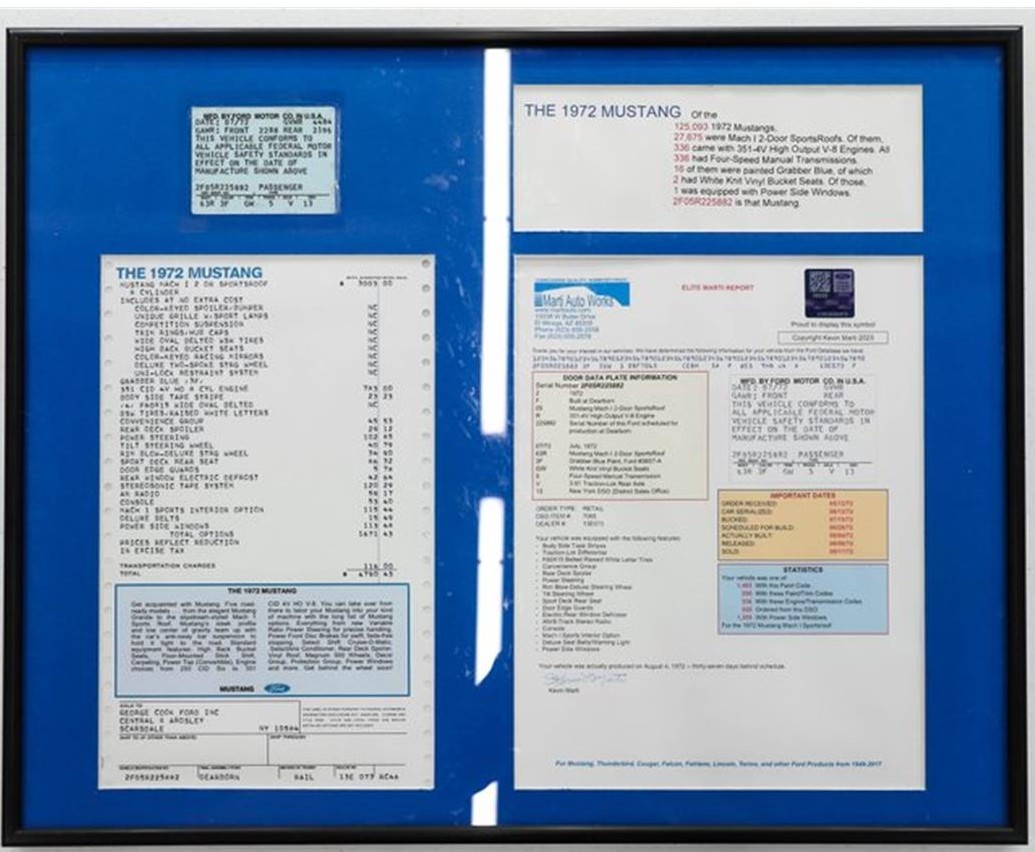
Could this be the ultimate 1972 Mustang? Quite possibly—the combination of colors and options certainly make this Mach I a contender. For $99,998, you can verify the possibility and stake your claim as having the ultimate ’72.
Click here to view this Pick of the Day on ClassicCars.com

